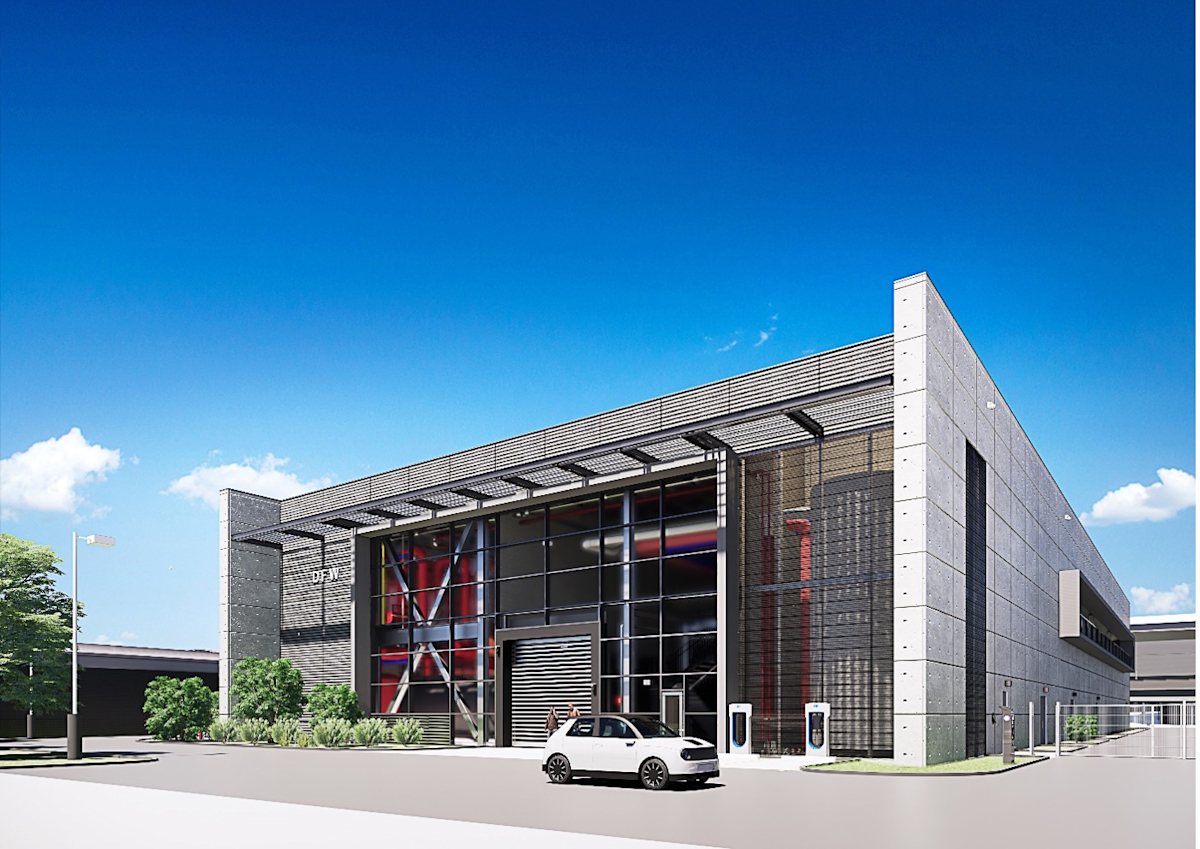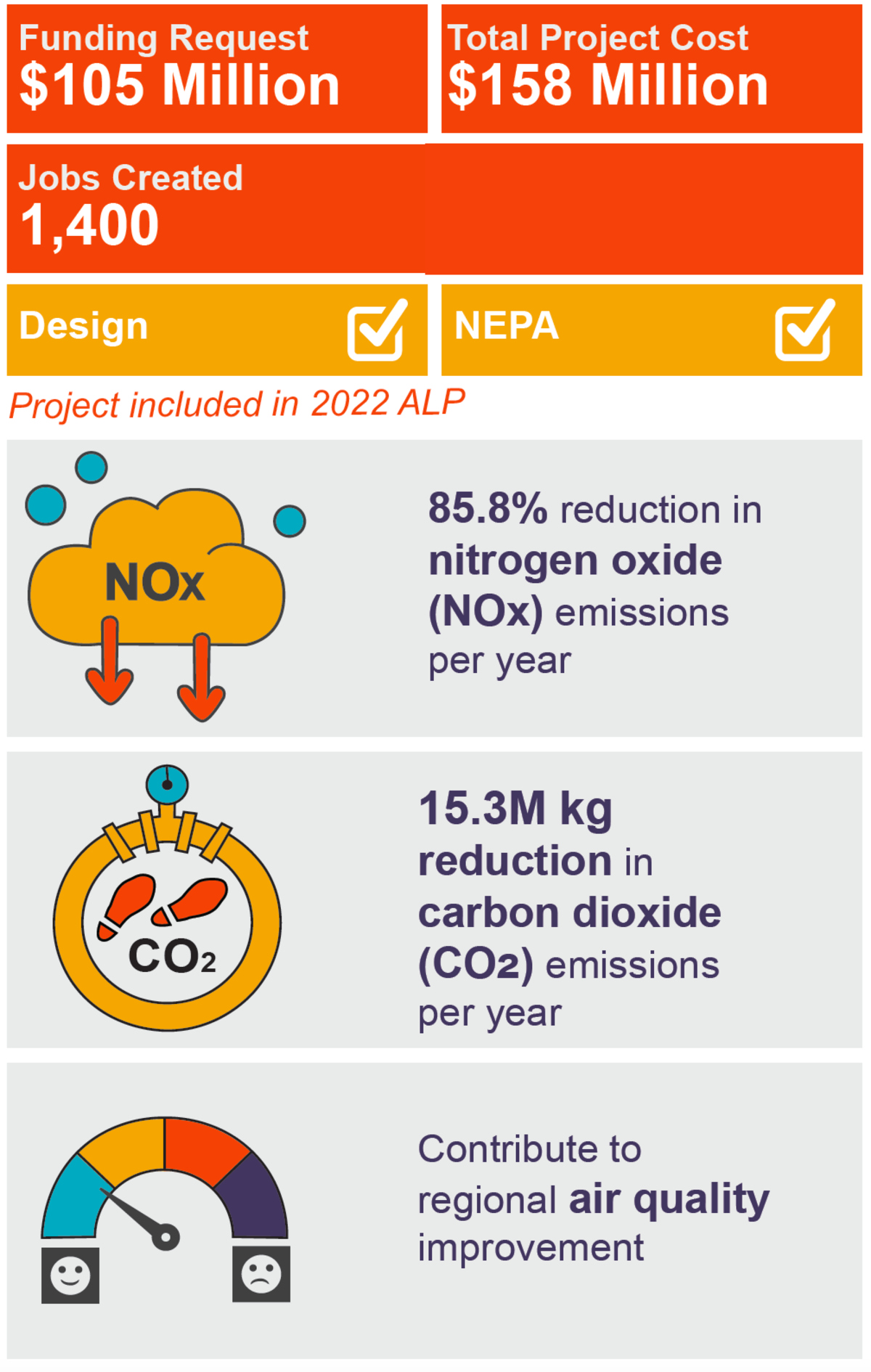
Project Overview
DFW is the first and largest Carbon Neutral Airport in the Americas. When it comes to reducing our environmental impact, DFW is taking a balanced approach. By switching to renewable energy and implementing programs to use less of it, we have dramatically reduced our carbon footprint - and our energy costs.
Currently, natural gas used in the existing Central Utility Plant for terminal heating represents the largest segment of DFW's carbon footprint and a significant contributor to nitrogen oxide (NOx) emissions.
To address current and future heating and cooling demand, improve resiliency, maximize efficiency, and position itself to achieve Net Zero Carbon by 2030, DFW plans to construct a new Zero Carbon Electric Central Utility Plant and replace its aging steam piping distribution system with a highly efficient hot water piping system.
The transition to zero-emission electricity for heating will significantly reduce ozone precursor emissions, carbon emissions, water use, and natural gas consumption.
Key Objectives
- Accommodate future terminal expansion up to 28 gates/500,000 sq. ft. and achieve N + 1 resiliency
- Reduce carbon emissions in alignment with DFW's Net Zero Carbon by 2030 target
- Reduce criteria pollutant emissions in alignment with regional air quality goals
- Create good paying construction jobs and support continued growth of permanent union and non-union jobs with higher than average wages and benefits
- Support Justice40 initiatives by reducing environmental impacts to Historically Disadvantaged Communities surrounding the airport and supporting regional job growth
